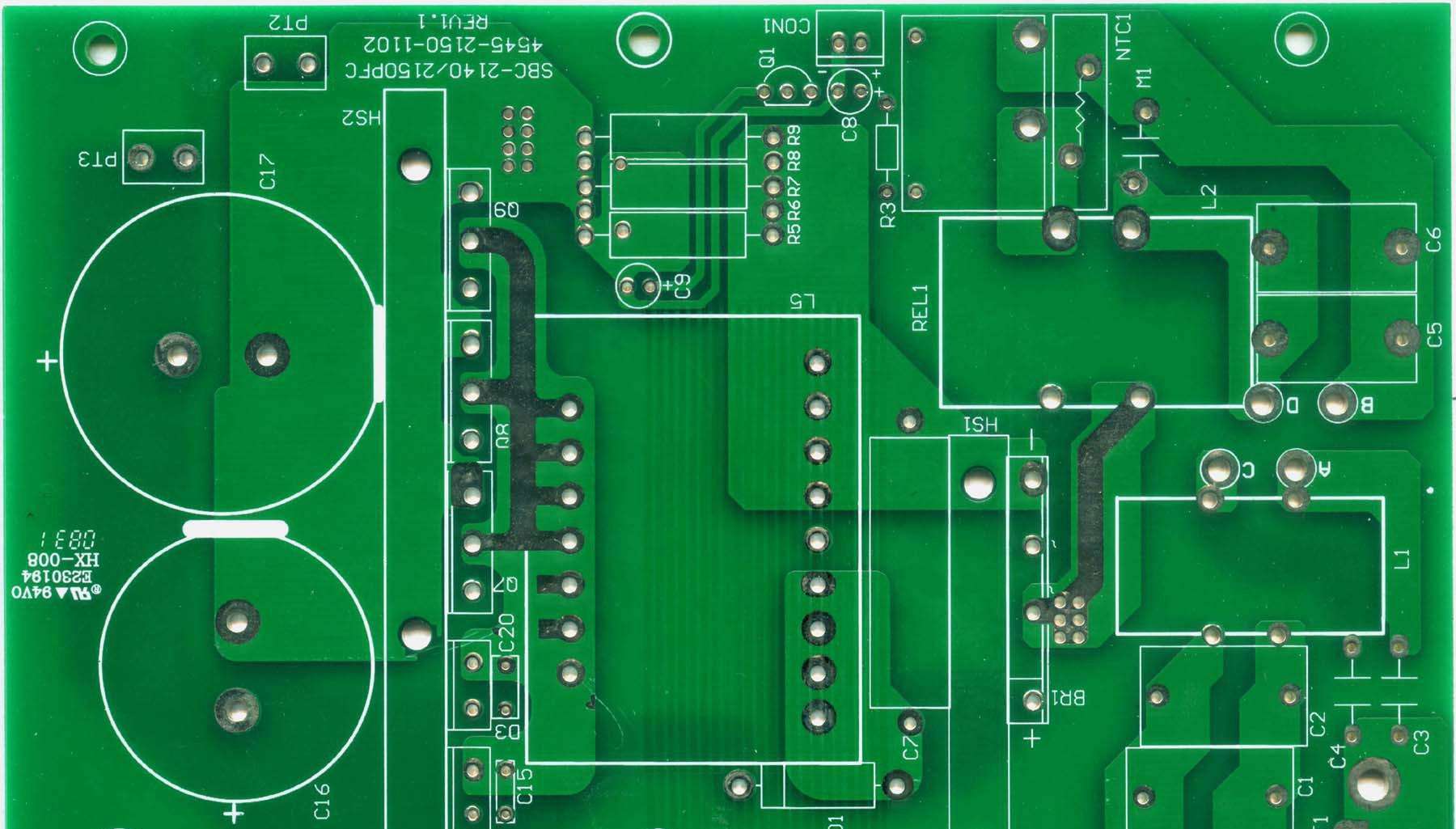October 19, 2020
2396
Speaking of printed board manufacturers, the process is complex and not complicated. As long as we master the process and process flow, every process is interlocked. The previous editor introduced many process processes of printed board manufacturers. For example, the screen printing technology and molding and lamination technology mentioned above are all technical processes in the PCB production process of the printed board manufacturer. Today I want to share the introduction of the types and performance of the dry film of the printed board manufacturer. Interested friends can also come in and have a look.
Printed board manufacturers generally divide dry film into three types according to the method of development and film removal:

(1) Solvent-based dry film
Solvent does not burn in fire. Organic solvents such as butyl acetate can also be used for development and film removal, but it is not safe to burn.
Advantages: mature technology, stable process, acid and alkali resistance, wide application range.
Disadvantages: Need to consume a lot of organic solvents, need expensive development and film removal equipment and auxiliary equipment, high production costs, solvents are toxic, pollute the environment, so they are increasingly replaced by water-soluble dry film, general printed board manufacturers only special Use only when required.
(2) Water-soluble dry film
includes two kinds of semi-water-soluble and fully water-soluble. Semi-water-soluble dry film developer and film remover are mainly water, and add 15% organic solvent. The fully water-soluble dry film developer and film remover are alkaline aqueous solutions. Semi-water-soluble dry film has lower cost, while fully water-soluble dry film has the lowest cost and low toxicity.
(3) Dry developing or peeling dry film
In the printed board manufacturers, this kind of dry film does not need to use any developing solvent, but uses the difference in the adhesion of the photosensitive part and the non-sensitive part of the dry film to the surface of the polyester film and the surface of the processed part. In the case of ester film, the unexposed and unnecessary afternoon film is peeled off with the polyester film, leaving the exposed dry film on the surface of the processed workpiece, thereby obtaining the desired dry film image.
On the other hand, the printed board manufacturers will divide the dry film into etching resistant dry film, electroplating resistant dry film and solder resist dry film according to the purpose of the dry film. The anti-etching dry film is mainly used to make the circuit pattern of the inner layer board and play the role of anti-etching. It is also used for anti-etching protection of single-sided and double-sided circuit patterns. The electroplating resistant dry film is mainly used to make the negative phase circuit pattern of the outer layer board, which has the effect of resisting electroplating.